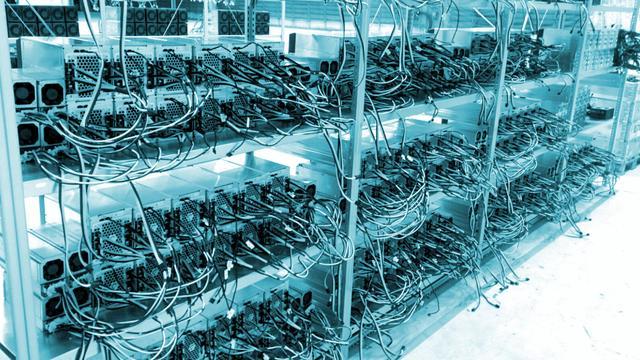The relentless march of Bitcoin, Ethereum, and Dogecoin continues, reshaping the financial landscape and sparking debates about its environmental impact. At the heart of this digital revolution lies mining – the computationally intensive process that validates transactions and secures the network. But the traditional mining model, reliant on energy-guzzling hardware, has drawn criticism for its carbon footprint. Enter: Low-carbon mining hardware, a potential game-changer in the quest for sustainable cryptocurrency.
The demand for computational power in the crypto world is insatiable. Bitcoin mining, in particular, relies on specialized hardware known as ASICs (Application-Specific Integrated Circuits). These machines, purpose-built for solving complex cryptographic puzzles, consume vast amounts of electricity. The environmental consequence? A surge in carbon emissions, particularly when powered by fossil fuels. The pressure is on to find greener alternatives.
Low-carbon mining hardware represents a multifaceted approach to reducing the environmental impact. This includes exploring more energy-efficient chip designs, optimizing cooling systems, and leveraging renewable energy sources. Innovation is key, with manufacturers racing to develop mining rigs that deliver higher hash rates (the measure of computational power) while consuming less energy. This quest for efficiency is not just about environmental responsibility; it also translates to lower operating costs for miners.

Beyond the hardware itself, the location of mining operations plays a critical role. Mining farms, sprawling data centers dedicated to crypto mining, are increasingly seeking out locations with access to abundant and affordable renewable energy. Hydroelectric power, solar energy, and wind farms are becoming increasingly attractive options for powering these energy-hungry facilities. This shift towards renewable energy not only reduces carbon emissions but also contributes to the long-term sustainability of the Bitcoin network and other cryptocurrencies like Ethereum and Dogecoin.
The emergence of low-carbon mining hardware and practices has significant implications for the future of Bitcoin. As regulatory scrutiny intensifies and environmental awareness grows, sustainable mining will become increasingly crucial for the long-term viability of cryptocurrencies. Bitcoin miners who adopt low-carbon solutions will not only reduce their environmental impact but also enhance their reputation and attract environmentally conscious investors.
The debate surrounding Bitcoin’s environmental impact is far from over. Critics argue that the proof-of-work consensus mechanism, which underpins Bitcoin mining, is inherently energy-intensive. Others point to the potential for technological advancements and the increasing adoption of renewable energy to mitigate these concerns. Ethereum’s shift to a proof-of-stake consensus mechanism, known as “The Merge,” represents a significant step towards reducing energy consumption. While Bitcoin faces unique challenges due to its design, the pursuit of low-carbon mining hardware and practices offers a pathway towards a more sustainable future.
Investing in low-carbon mining hardware is not just an environmentally responsible choice; it can also be a financially sound decision. Energy efficiency translates to lower operating costs, and access to renewable energy can provide a competitive advantage. Furthermore, as environmental, social, and governance (ESG) considerations become increasingly important to investors, Bitcoin miners who prioritize sustainability will be better positioned to attract capital and thrive in the long term. The future of Bitcoin mining lies in embracing innovation and prioritizing environmental responsibility.

The evolution of mining hardware and the pursuit of sustainable practices are crucial for the continued growth and acceptance of cryptocurrencies. Low-carbon mining hardware represents a vital step towards mitigating the environmental impact of Bitcoin and other digital currencies. As technology advances and renewable energy becomes more accessible, the dream of a truly sustainable cryptocurrency ecosystem moves closer to reality. The miners who embrace these changes will be the ones who secure a place in the future of finance.
Innovative low-carbon mining hardware could revolutionize Bitcoin, merging eco-tech with crypto’s energy woes, but will it truly outpace rising demands? A fresh, unpredictable leap toward greener digital gold.